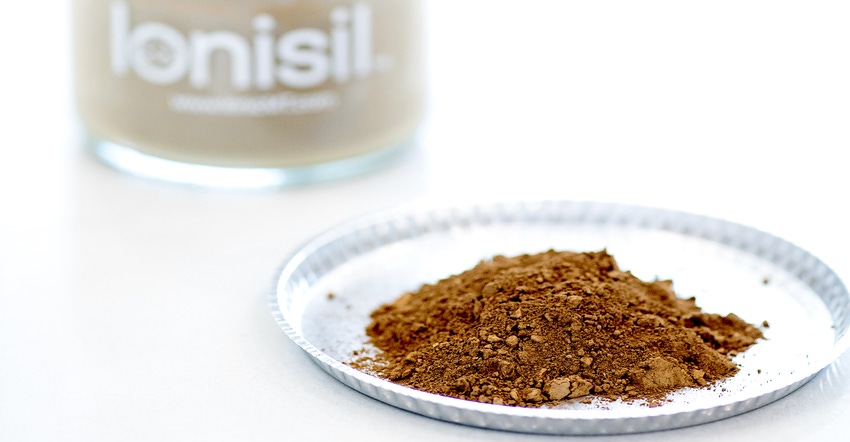Silicon Anode Batteries Are Charging Ahead
Ionic Mineral Technologies has a new nano-silicon material for li-ion cell manufacturers.

Battery materials supplier Ionic Mineral Technologies has announced a nano-silicon product for li-ion cell manufacturers it calls Ionsil. The company cites the ability of this product to drop in as a solution for lithium-ion batteries to boost energy density and accelerate charging capabilities.
“The Ionisil technology represents a significant advancement in battery materials, offering lithium-ion cell manufacturers a drop-in solution that delivers higher energy density and faster charging capabilities,” said Andre Zeitoun, IMT’s CEO.
IMT points to Ionsil’s ability to achieve reversible capacity of 2700 mAh/g and 2500 mAh/g at a 2000 mAh fast charging rate in half-cell testing. The initial coulombic efficiency (ICE) of 85 percent is a significant achievement without any pre-lithiation. This silicon electrode was produced from an aqueous slurry, which IMT says highlights the true ‘drop in’ nature of Ionisil.
This is why automakers Porsche, Mercedes-Benz, and General Motors have announced investments in silicon anode battery technology in recent years. The technology has the potential for impressive gains in battery capacity. According to Transparency Market Research, the global market for silicon anode batteries will balloon from $1.2 billion in 2021 to $208.6 billion by 2031.
“Instead of 300 miles of driving range or 400 miles of driving range, for the same size of battery pack, you can potentially go to 600 miles or 700 miles of driving range,” said Yi Cui, professor of energy science at Stanford University, during an interview on CNBC.
IMT’s claims for Ionsil are more modest, as this is a direct-replacement product meant to work with existing batteries. The company says that a 15 percent Ionisil substitution in graphite will lead to a lithium-ion battery with 20 percent more capacity at no additional cost to existing batteries.
The company is moving into a new 36,000-square-foot facility in September 2023, with the goal of producing 2,000 metric tons per year initially and scaling to 30,000 metric tons ultimately.
About the Author(s)
You May Also Like


.jpg?width=300&auto=webp&quality=80&disable=upscale)


